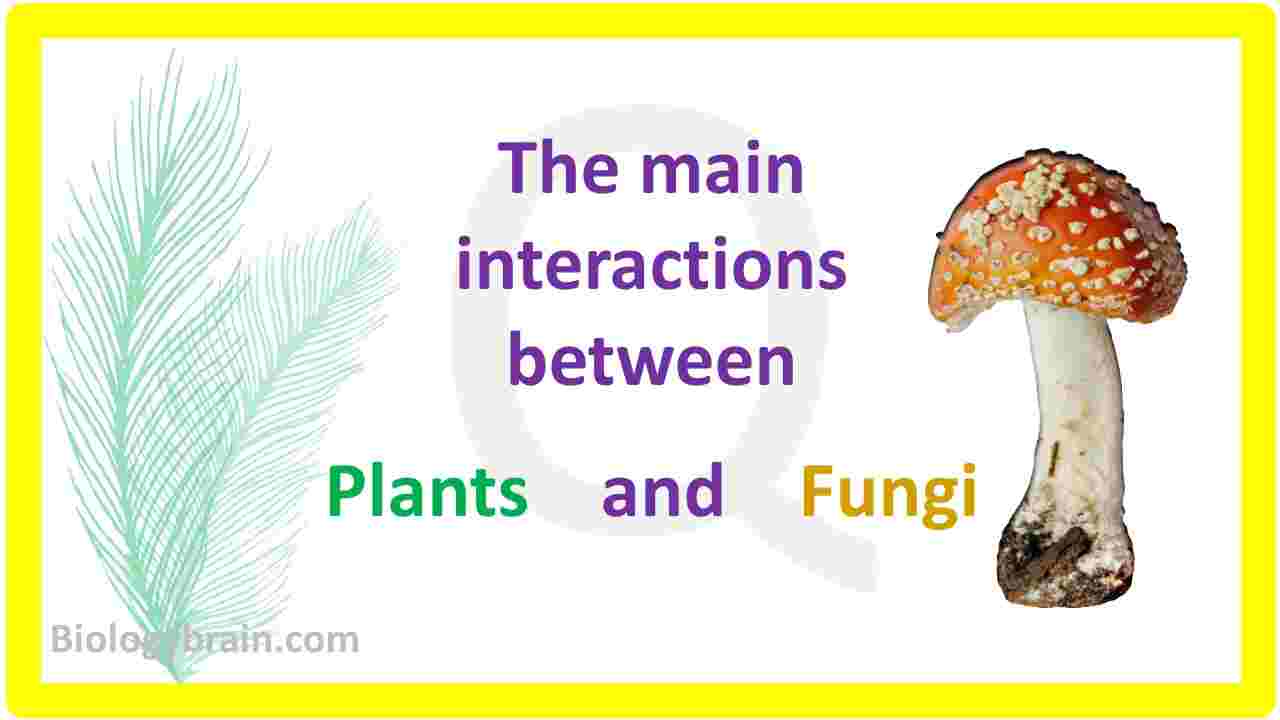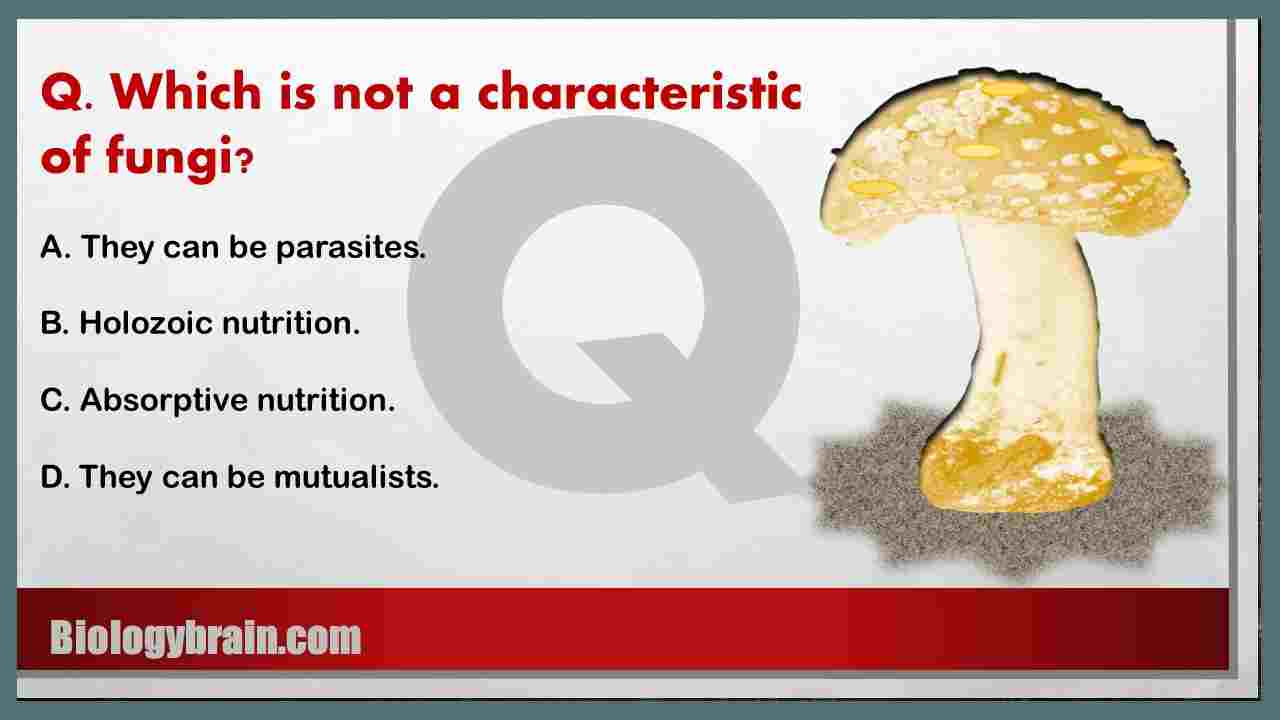Q. Which statement(s) correctly describe(s) the interactions between plants and fungi?

The common interactions which are noticed between the fungi and plants include…
1. Plants are autotrophs, but fungi are heterotrophs.
2. Fungi secret digestive enzymes into their surroundings to get nutrients, but not plants.
3. Plants rely on fungi as mutualistic symbionts to get nutrients from soils. However, some fungi harm plants for their nutrients.
Example: The plant Arabidopsis thaliana depends on the fungi Colletotrichum tofieldiae for soluble phosphate in phosphate deficient soils.
4. The symbiotic relationship between plants and fungi can be noticed in two forms.
5. The beneficial fungi that colonize outside the plant are called ectophytic fungi.
6. The beneficial fungi which survive within the plant tissue without any harm are called endophytic fungi.
7. The fungi associated with the roots of plants are called ectomycorrhiza or ectomycorrhizal fungi.
Examples of plant beneficial fungi:
1. Some Trichoderma spp.
2. Some Penicillium spp.
3. Some Colletotricum spp.
4. Piriformospora indica, etc.
Examples of plant pathogenic fungi:
1. Fusarium oxysporum
2. Sclerotium rolfsii
3. Rhizoctonia solani
4. Colletotrichum gloeosporioides
5. Aspergillus flavus
Other Important Questions:
Q. The alpha-helix and beta-sheet are found at which level of protein organization?
Q. Which cytoskeletal proteins provide the structural support for microvilli?
Q. Which of these does not contain a structural protein?
Q. What level of protein structure is associated with the sequence of amino acids?
Q. Which of the following pertains to typhoid fever?
Q. Which of the following tests is an agglutination test for the bacterium causing typhoid fever?
Q. This is a compound made from a group of covalently bonded atoms?
Q. If two covalently bonded atoms are identical the bond is?
Q. Which of the following are characteristics of G protein-coupled receptors (GPCR)?
Q. What are the second messengers in the GPCR-phospholipase c signal transduction system?
Q. Which of the following have a significant influence on a material’s electrical resistivity?
Q. What are alleles? And an example.
Q. What is one difference between DNA replication of bacteria and eukaryotes?









